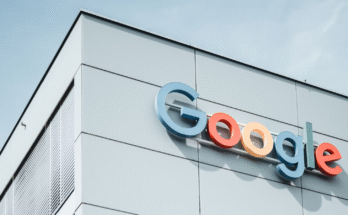There are few good things about living through a period with the highest inflation in four decades, but here’s one: It’s a chance to re-examine what happens in an economy that’s gone haywire.
Since prices started to escalate a year ago, politicians and economists have seized on inflation to tell their preferred story about what went wrong, and what policies would bring it back into line. Some say it’s very straightforward: Supply and demand, Economics 101.
“There’s simply a lot of cash out there,” said Joe Brusuelas, chief economist for the accounting firm RSM US, referring to the several trillion dollars in pandemic stimulus that’s filtered into the economy since early 2020. “The competition for those goods is up and that’s sending prices up, whether we’re talking about getting a Nissan Sentra or a seat on an American Airlines flight.”
The White House and progressive organizations, however, say wait a minute: This time is different. In a time of extraordinary disruption, they contend, increasingly dominant corporations are taking the opportunity to jack up prices more than they otherwise could, which is squeezing consumers and supercharging inflation. Or “greedflation,” as the hypothesis has come to be known.
The argument comports with the Biden administration’s focus on the ills of economic concentration. Congressional Democrats have run with the idea, introducing bills that would impose a temporary “excess profits tax” on companies that charge prices they deem unreasonably high, or simply ban those high prices altogether. Critics, including the nation’s largest business lobby, deride these efforts as based on a “conspiracy theory” and a “flimsy argument.”
So what’s really going on?
It’s hard to tease out. A pandemic, a trade war, a land war, huge government spending, and a global economy that’s become vastly more integrated might be too complex for traditional macroeconomic theory to explain. Josh Bivens, research director at the left-leaning Economic Policy Institute, thinks that’s a good reason to revisit what the discipline thought it had figured out.
“When I hear stories about an overheating labor market, I don’t think about falling real wages, and yet we have falling real wages,” Dr. Bivens said. Nor is the rise in profits typical when unemployment is so low. “The idea that ‘there’s nothing to see here’ — there’s everything to see here! It’s totally different.”
When thinking about greedflation, it’s helpful to break it down into three questions: Are companies charging more than necessary to cover their rising costs? If so, is that enough to meaningfully accelerate inflation? And is all this happening because large companies have market power they didn’t decades ago?
Productive Profits, or Gouging?
There is not much disagreement that many companies have marked up goods in excess of their own rising costs. This is especially evident in industries like shipping, which had record profits as soaring demand for goods filled up boats, driving up costs for all traded goods. Across the economy, profit margins surged during the pandemic and remained elevated.
When all prices are rising, consumers lose track of how much is reasonable to pay.
“In the inflationary environment, everybody knows that prices are increasing,” said Z. John Zhang, a professor of marketing at the Wharton School at the University of Pennsylvania who has studied pricing strategy. “Obviously that’s a great opportunity for every firm to realign their prices as much as they can. You’re not going to have an opportunity again like this for a long time.”
Click for the full article


